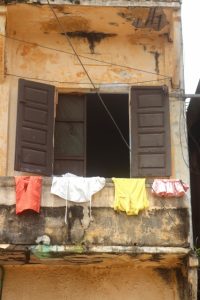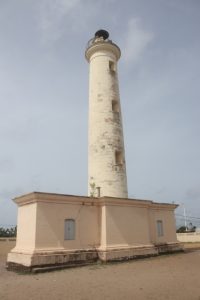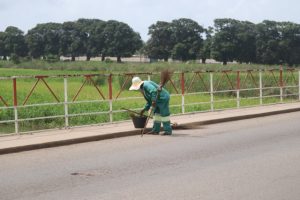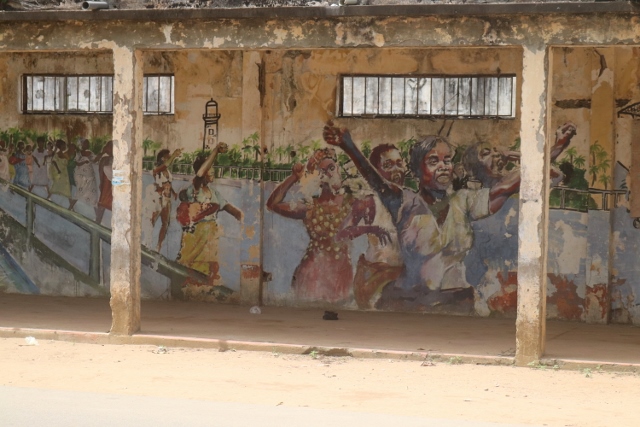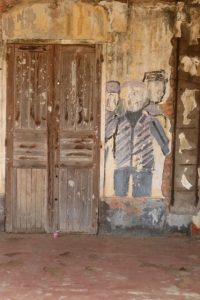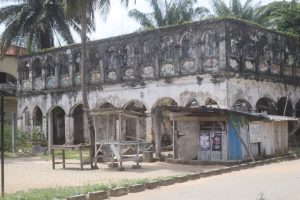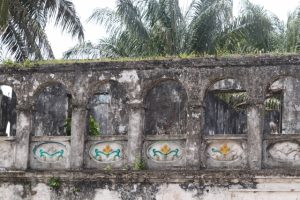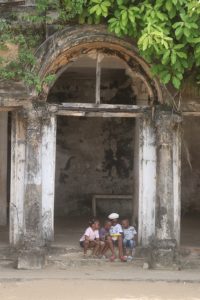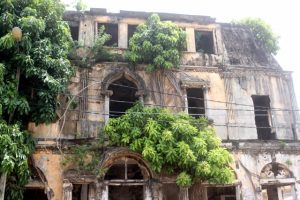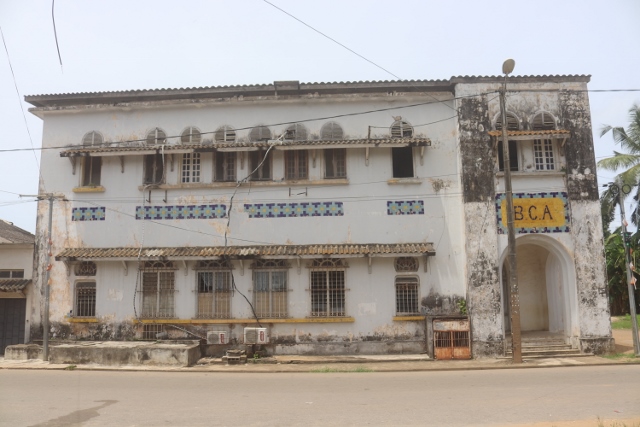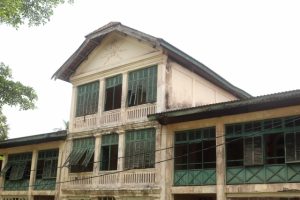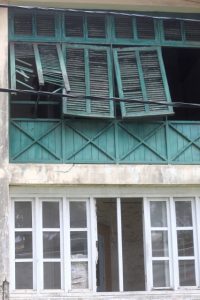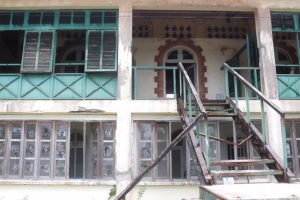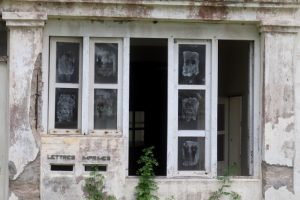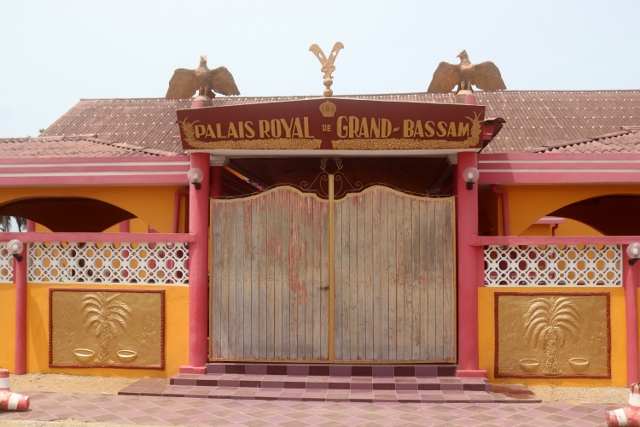Grand Bassam
We have another day off, because some of us still need to arrange a Liberian visa, in nearby Abidjan. Which will take at least one day, and possibly two. We decide to explore Grand Bassam, after the long day yesterday, and leave a day in Abidjan for tomorrow, if we do get another day. In any case, it is far too hot and humid for serious effort.
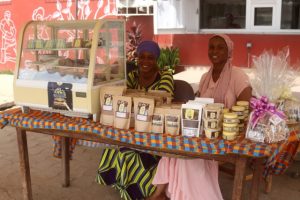
having just read a book claiming that only the big chocolate companies benefitted from Cote d’ Ivoire’s cocoa, it is good to see, and taste, a local chocolate initiative
Despite the fact that the French made this their first capital in Cote d’Ivoire, Grand Bassam is really three times nothing. We take a taxi to the lighthouse, built by the French in 1914, which is not particularly interesting, and from there we decide to walk. To a monument for the women who protested against their men having been arrested by the British, in the 1940s, somewhere – obviously a key historical moment for Grand Bassam, a first act of rebellion. This is in a small park in the middle of a roundabout, the Place de la Paix, with lots of descriptions of sculptures that are also supposed to be there. They are not, at least half of them are missing. Does anybody care?
Our next target is the French Quartier, the French neighbourhood from colonial times, on a peninsula near the coastal strip. Here the protest of the women, subject to the monument above, is immortalised once more, on a mural outside an old shop. There are plenty colonial houses along the streets, too, but most are pretty dilapidated, and poorly maintained, if at all. A huge mansion, the Ganamet House, probably very attractive in its days, is open on all sides, with trees growing through the roof. And it is not the only one. The nicest building is probably the old post office, with its many louvred windows, but this, too, is a wreck – although outside it says there are plans to refurbish it. Compared to other colonial architecture, in South East Asia for instance, or in Indonesia, the buildings here are really in a very poor state. That it is a matter of priorities is proven by the Royal Palace of Grand Bassam, which looks very well maintained. And is closed, of course – it remains unclear if anybody actually lives here.
Needing a break, and something cold to drink, we check out some of the beach resorts. The one we tried yesterday, and had no rooms, well, was actually completely empty when we walked in. Everybody checked out this morning? I don’t think so, but why they were not interested in our group yesterday remains an enigma. The only reason I can think of is that it was just too much work, last night? The beach is actually pretty filthy, and nobody in the resort – any resort – seems to make an effort to keep it attractive for their guests. The slope to the ocean is very steep, into a sea that is far too rough to swim in. Yet, the prices in the resorts are invariably high, to very high. Something doesn’t add up here. You know what? We go to this pizza place we missed out on yesterday. Great pizza!
Next: the capital, Yamoussoukro
